
Find Help
More Items From Ergsy search
-

Is a balance transfer the right choice for me?
Relevance: 100%
-

How does a balance transfer work?
Relevance: 96%
-

Are there any fees associated with balance transfers?
Relevance: 96%
-

What is a balance transfer credit limit?
Relevance: 96%
-

What is a Balance Transfer Credit Card?
Relevance: 96%
-

Will transferring a balance affect my credit score?
Relevance: 95%
-

How do I apply for a balance transfer card?
Relevance: 94%
-

How long does a balance transfer take?
Relevance: 92%
-

Can I transfer a balance to a card with no promotional offer?
Relevance: 92%
-

Do balance transfer offers apply to new purchases?
Relevance: 92%
-
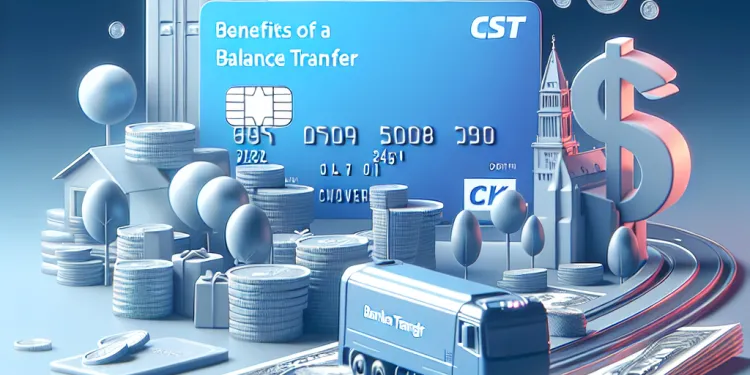
What are the benefits of a balance transfer credit card?
Relevance: 90%
-
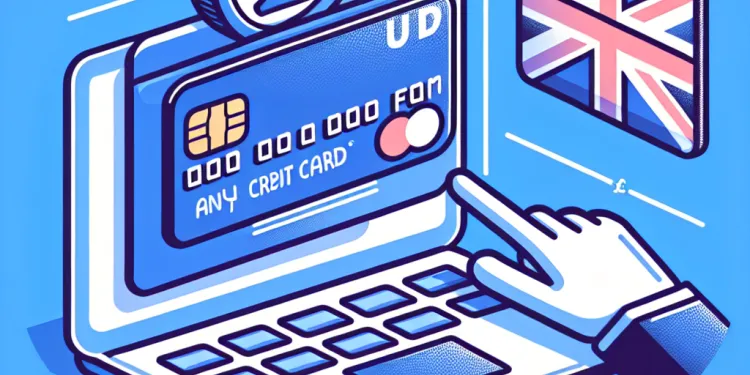
Can I transfer balances from any credit card?
Relevance: 88%
-
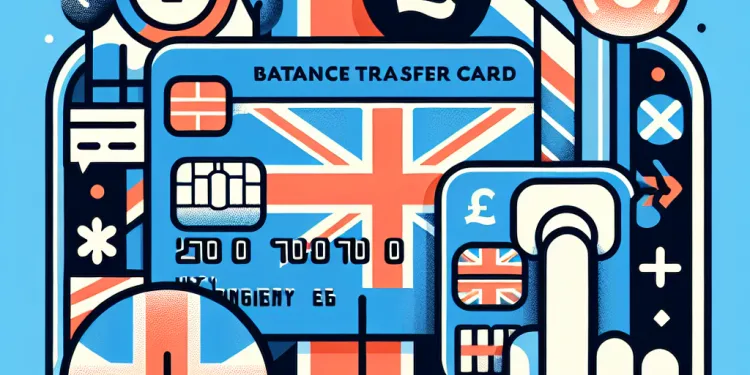
Can I use a balance transfer card for new purchases?
Relevance: 88%
-

What is the typical duration of a promotional balance transfer offer?
Relevance: 88%
-
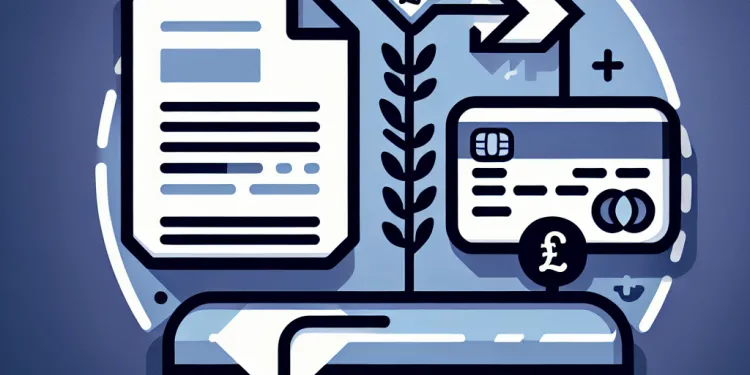
Can I transfer a balance from a loan to a credit card?
Relevance: 88%
-

What is a good credit score to qualify for a balance transfer card?
Relevance: 82%
-
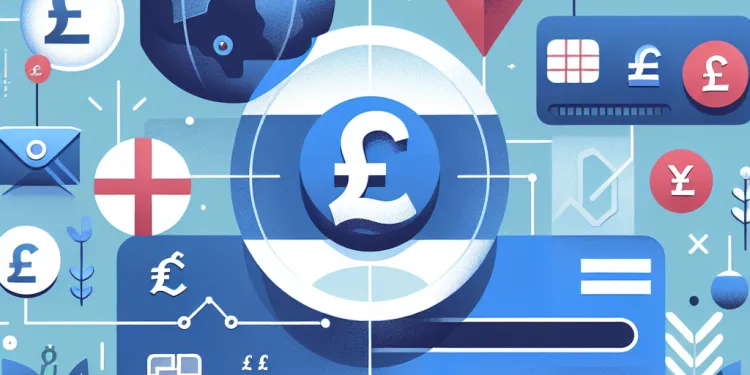
What should I consider before doing a balance transfer?
Relevance: 66%
-

Can I transfer my ISA between providers?
Relevance: 54%
-

Is there a minimum transfer amount required?
Relevance: 53%
-

How many embryos are usually transferred in IVF?
Relevance: 52%
-

How are embryos transferred during IVF?
Relevance: 52%
-
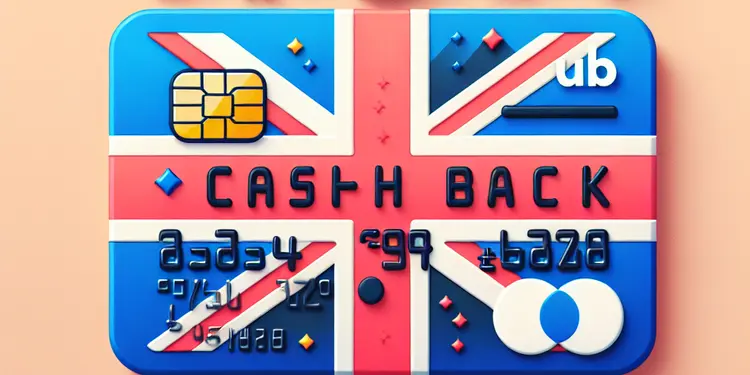
Can I transfer cashback rewards to another credit card?
Relevance: 51%
-

Can a company refuse to register a share transfer?
Relevance: 48%
-
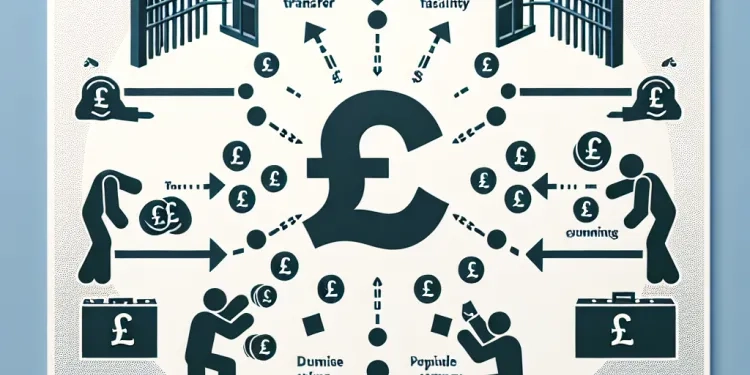
What happens if an inmate is transferred to another facility?
Relevance: 48%
-

Can I transfer my TV license to a new address?
Relevance: 48%
-
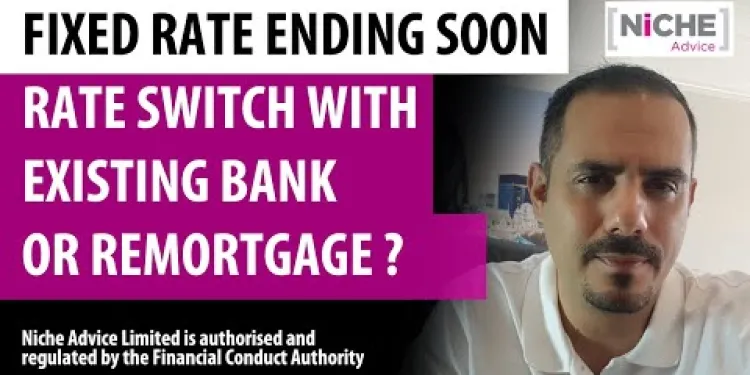
Product Transfer Rate Switch vs Remortgage What's Best
Relevance: 47%
-

Falls Prevention - strength and balance exercises
Relevance: 44%
-

What are potentially exempt transfers (PETs)?
Relevance: 36%
-
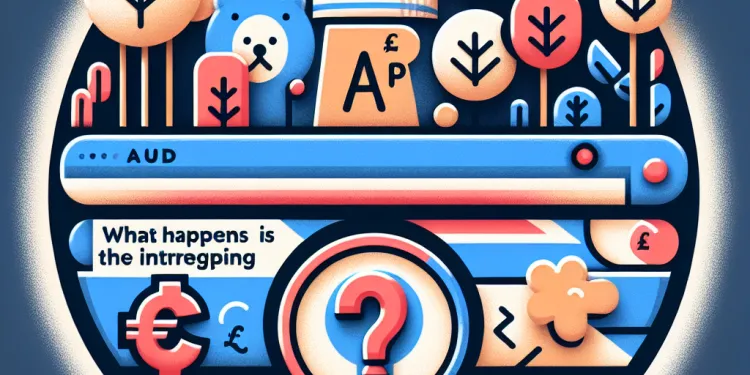
What happens when the introductory APR period ends?
Relevance: 33%
-
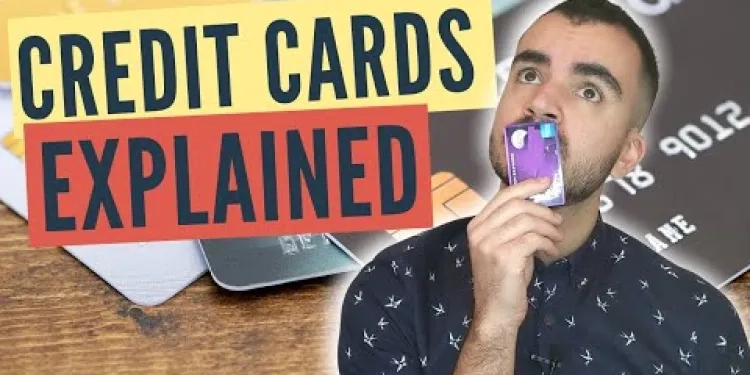
Credit Cards for Beginners Explained UK | Do's and Don't | Type of Cards
Relevance: 27%
-
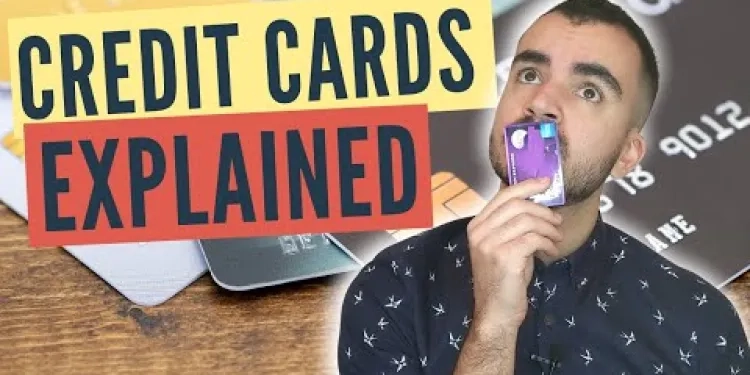
Credit Cards for Beginners Explained UK | Do's and Don't | Type of Cards
Relevance: 27%
-

How can I redeem my cashback rewards?
Relevance: 26%
-
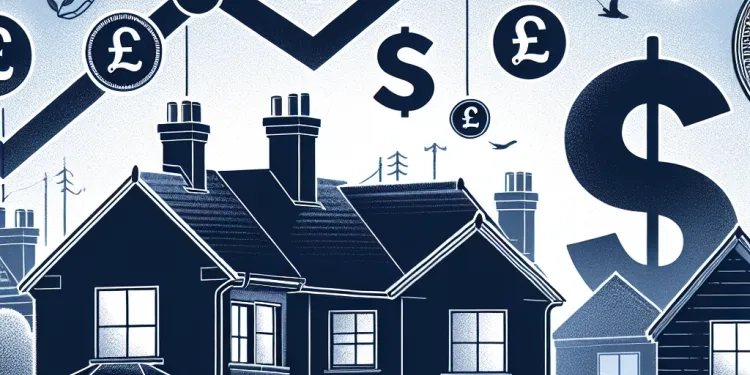
How do interest rate changes affect my mortgage balance?
Relevance: 24%
-
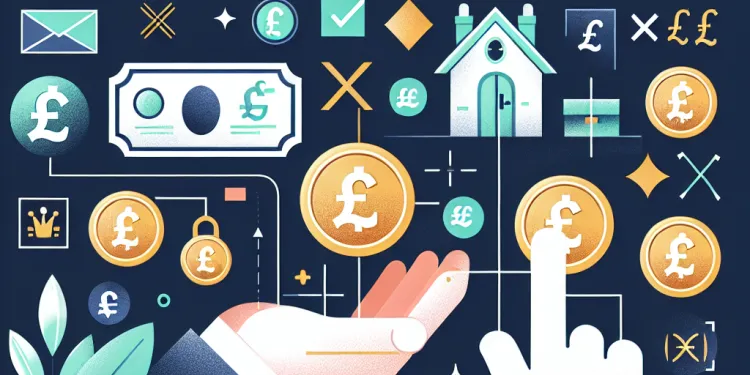
Can unused inheritance tax threshold be transferred?
Relevance: 24%
-
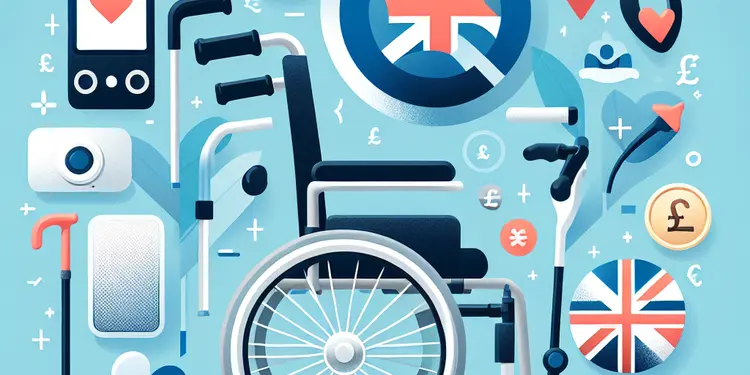
What are common types of mobility equipment?
Relevance: 22%
-

IVF Fertility Treatment from MumsNet
Relevance: 22%
-
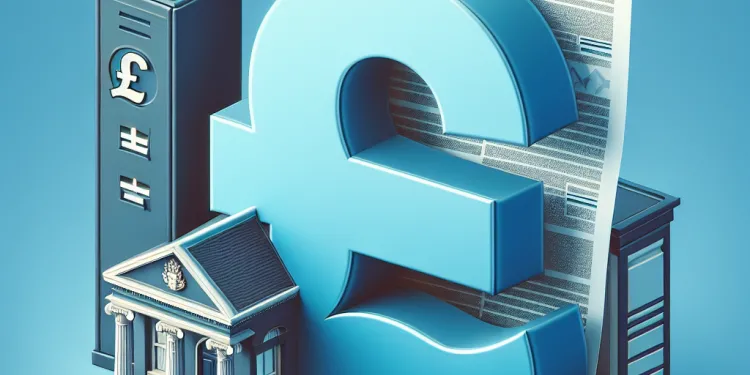
Why are some banking fees unexpectedly high?
Relevance: 21%
-
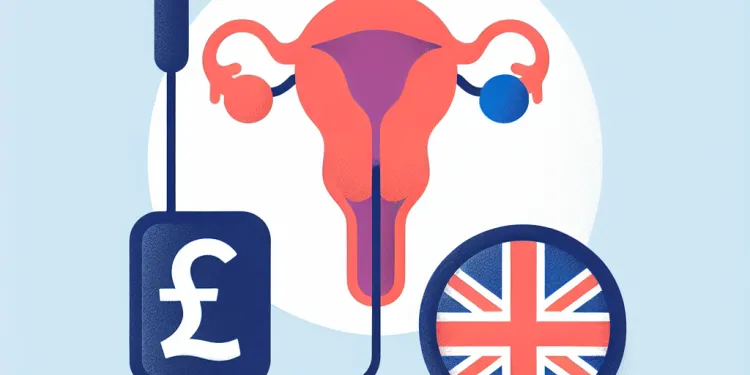
What is IVF?
Relevance: 21%
-

Is there any inheritance tax exemption for spouses or civil partners?
Relevance: 21%
-

Is it easy to switch banks to Monzo or Revolut?
Relevance: 21%
Understanding Balance Transfers
A balance transfer involves moving existing debt from one credit card to another, typically to take advantage of lower interest rates. This financial strategy is particularly popular for managing and reducing high-interest debt, as it allows cardholders to save on interest payments and pay off debt more efficiently.
How Balance Transfers Work
To initiate a balance transfer, you typically need to apply for a new credit card that offers a balance transfer feature. These cards often come with an introductory period of low or 0% interest on the transferred balance, providing a cost-effective way to reduce your debt quickly. Once approved for the new card, you can request the transfer of balances from your existing cards. The new card issuer pays off these balances on your behalf, and the total amount is moved to your new card account.
Benefits of Balance Transfers
The primary advantage of balance transfers is the opportunity to save money on interest. By moving your debt to a card with a lower interest rate, you can potentially reduce your total repayment amount. Additionally, consolidating multiple card balances into one can simplify your financial management, as you have fewer bills to track each month.
Considerations and Costs
While balance transfers can be beneficial, it is important to consider potential costs and limitations. Most balance transfer offers come with a fee, usually a percentage of the transferred amount, typically around 3%. Also, the 0% interest period is temporary; after it expires, the rate usually increases significantly. Therefore, it's crucial to aim to pay off the balance within this period to maximize savings.
Eligibility and Application
Eligibility for a balance transfer will depend on your credit score and the issuing bank's criteria. A good credit score can improve your chances of being approved for a card with favorable balance transfer terms. When applying, you will need to provide details about your existing debts, income, and personal information. Once approved, carefully read the terms and conditions to understand all fees, interest rates, and promotional period deadlines.
Tips for Successful Balance Transfers
To make the most of a balance transfer, be proactive and strategic. Start by calculating whether the savings from the lower interest rate outweigh the transfer fee. Always aim to pay more than the minimum payment each month and budget to clear the debt before the promotional rate ends. Additionally, avoid making new purchases on the transferred card, as these might incur higher interest rates immediately.
Conclusion
Balance transfers can be an effective tool for managing credit card debt when used wisely. By taking advantage of lower interest rates and consolidating your debt into a single payment, you can reduce your financial burden and work towards greater financial stability. However, being aware of the potential fees and time limits is crucial to ensure this strategy benefits your financial health.
Understanding Balance Transfers
A balance transfer is when you move debt from one credit card to another. People do this to get a lower interest rate. This can help save money and pay off debt faster.
How Balance Transfers Work
First, find a new credit card that lets you do a balance transfer. These cards often have a low or 0% interest rate for a short time. Once you get the card, ask them to move your debt from your old cards to the new one. The new card pays off the old debts, and now you owe the new card instead.
Benefits of Balance Transfers
The main benefit is saving money on interest. By using a card with a lower interest rate, you may pay back less money. Also, moving all your debt to one card can make it easier to keep track of your payments.
Considerations and Costs
Balance transfers can be helpful, but they might cost money. Most cards charge a fee to move the debt, usually about 3% of the amount. The low or 0% interest period is not forever; rates will go up after it ends. It's best to pay off the debt before this happens to save money.
Eligibility and Application
To do a balance transfer, you need to qualify. Banks look at your credit score and other details. A good credit score helps you get better offers. When you apply, you’ll need to share your debt, income, and other personal details. If approved, read the terms carefully to know about fees and deadlines.
Tips for Successful Balance Transfers
To use balance transfers well, plan and think ahead. Check if the interest savings are more than the transfer fee. Try to pay more than the minimum each month. Aim to clear the debt before the low-interest rate ends. Avoid buying new things on this card, as that can lead to high interest.
Conclusion
Balance transfers can help manage card debt if used smartly. They let you pay back less interest and combine debts into one payment. But remember to watch out for fees and time limits to make the most of this option. This can help you get better control over your money.
Frequently Asked Questions
What is a balance transfer?
A balance transfer is the process of moving an existing credit card balance to a new credit card, usually to take advantage of lower interest rates.
Why would someone do a balance transfer?
People typically do a balance transfer to save on interest costs, especially if they're carrying a large balance on a high-interest credit card.
How do I initiate a balance transfer?
You can initiate a balance transfer by applying for a new credit card that offers a balance transfer feature, often through an online application or by contacting the card issuer.
Are there any fees associated with balance transfers?
Yes, many credit card companies charge a balance transfer fee, typically a percentage of the transferred amount, usually around 3% to 5%.
Do balance transfers affect my credit score?
A balance transfer can impact your credit score by affecting your credit utilization and through a hard inquiry when applying for the new card.
What is a 0% balance transfer offer?
A 0% balance transfer offer allows you to transfer a balance and pay 0% interest on it for a specified introductory period, usually between 6 to 18 months.
How long does a balance transfer take?
A balance transfer typically takes between 7 to 14 days to process, but it can vary depending on the card issuers involved.
Is there a limit on how much I can transfer?
Yes, the amount you can transfer is usually limited by the credit limit offered by your new credit card.
Can I transfer balances between cards from the same issuer?
Most issuers do not allow balance transfers between two cards from the same issuer.
Will I lose my rewards if I do a balance transfer?
Balance transfers generally do not earn rewards or points on the new card.
How do I find the best balance transfer offer?
To find the best balance transfer offer, compare interest rates, fees, and promotional periods across various credit cards.
What happens if I don't pay off the balance during the promotional period?
If you don't pay off the balance during the promotional period, the remaining balance will accrue interest at the card's standard rate.
Can I transfer a balance from a personal loan?
Some credit cards allow you to transfer balances from personal loans, but it's best to confirm with the card issuer.
What should I consider before doing a balance transfer?
Before doing a balance transfer, consider fees, interest rates, your ability to pay off the balance before the promotional period ends, and the impact on your credit score.
How many balance transfers can I have at once?
The number of balance transfers you can have at once depends on your credit limit and the credit card issuer's policies.
Do balance transfers reduce my credit card payments?
Balance transfers can reduce interest payments, potentially lowering overall payments, but they do not change the minimum monthly payment.
Can I cancel a balance transfer?
You cannot cancel a balance transfer once it's been processed, but you can contact your issuer immediately if you need to make changes.
What is a balance transfer check?
A balance transfer check is issued by a credit card company and can be used to pay off other debts, effectively transferring the balance to the new credit card.
Are there any promotional limits for balance transfers?
Yes, promotional offers often have limits; for example, the 0% interest may only apply up to a certain transferred amount.
Is it safe to do a balance transfer online?
Yes, it is generally safe to do a balance transfer online through the bank's secure website or mobile app.
What is a balance transfer?
A balance transfer is when you move money you owe from one credit card to another. This can help you pay less interest.
Here is a tip: Use a calculator to see how much money you can save. Ask someone to help if you need to.
A balance transfer means moving money you owe on one credit card to a new card. This is usually done to get lower interest rates.
Why move your credit card debt to another card?
Moving money you owe from one card to another card can help.
Here’s why you might want to do it:
- You can pay less interest. This means it costs you less money over time.
- You can pay off what you owe faster.
- It can make managing your money easier.
If you need help with this, a friend or family member can support you. You can also ask someone at your bank for advice.
People usually move their money from one card to another to save money. This is helpful if they have a lot of money to pay back on a card that charges a lot of extra money.
How can I start moving my money?
You can start moving your money balance by getting a new credit card that lets you do this. You can get this card online or by calling the card company.
Do you have to pay money to move your balance?
Yes, lots of credit card companies charge a fee to move money from one card to another. This fee is usually a small part of the money you move. It is often about 3% to 5% of the amount you are moving.
Can moving my credit card debt change my credit score?
Moving money from one credit card to another can change your credit score. This is because it changes how much of your credit you are using, and because the credit card company checks your credit report when you apply for a new card.
What is a 0% balance transfer offer?
A 0% balance transfer offer is when a credit card company lets you move money you owe from one card to another. You don't have to pay interest for a little while. This means you can pay back what you owe without extra charges. Remember to check how long the 0% offer lasts!
Tip: Use a calendar or app to remember when the 0% time ends, so you're ready to pay off the card.
A 0% balance transfer offer lets you move your debt to a new credit card. You will pay no interest on the debt for a certain time, usually between 6 to 18 months.
How long do I wait for a balance transfer?
Moving money from one card to another usually takes about 7 to 14 days. But sometimes it can take more time. It depends on the companies that gave you the cards.
Can I only send a certain amount of money?
Yes, there is a limit to how much money you can move. The limit is set by how much money your new credit card allows.
Can I move money between my cards if they are from the same company?
Most of the time, you can't move money from one card to another if both cards are from the same company that gave you the cards.
Will I lose my rewards if I move my money?
When you move money from one card to another, you might lose some rewards. Check with your card company to see what happens.
Use pictures or ask for help if you need it. Tools like read-aloud apps can make it easier to understand.
When you move money from one card to another, you usually do not get rewards or points on the new card.
How can I find the best balance transfer deal?
Do you have some credit card debt? Do you want to pay less interest? A balance transfer could help you!
Here’s how to find the best deal:
- Make a list. Write down all the balance transfer offers you find. You can look online or ask the bank.
- Check the interest rate. Lower rates are better. That means you pay less money back.
- Look for any fees. Sometimes they charge a fee to transfer your balance.
- See how long the low rate lasts. Some deals have low rates for only a few months.
- Use comparison websites. They can help you see which offers are best.
- Read everything carefully. Make sure you understand the offer. If not, ask someone to explain it to you.
If you need help, you can ask a friend or a family member. They can help you understand your choices better.
To find the best card to move your balance, look at interest rates, fees, and how long the special offers last. Compare different cards to get the best deal.
What if I don’t pay everything I owe by the end of the special time?
If you don’t pay all the money back by the end of the special time, you might have to pay extra money. This extra money is called interest.
Here's what you can do:
- Set reminders to help you remember to pay on time.
- Ask someone to help you keep track of your payments.
- Use a calendar to mark important payment dates.
These actions can help you manage your money better.
If you do not pay all the money you owe during the special time, you will have to pay extra money called interest. This extra money is based on the card's usual rate.
Can I move money from my personal loan?
Some credit cards let you move money from personal loans onto the card. Make sure to check with the credit card company first.
What things should I think about before moving my money?
Before you move money from one card to another, think about these things:
- Are there extra costs?
- What is the interest rate?
- Can you pay all the money back before the special time is over?
- Will it change your credit score?
Can I move my money more than one time?
You can move your money many times. Talk to someone for help if you are not sure.
How many balance transfers you can have at the same time depends on two things: your credit limit and the rules of the credit card company.
Can moving my credit card debt make my payments smaller?
If you have a credit card and owe money, you might want to make your payments smaller.
One way you can do this is by moving your debt to another card.
This is called a balance transfer. It might help you pay less money. Here’s how it helps:
- Some cards let you transfer debt and not pay interest for some time.
- This can mean you pay less each month.
- Remember to check for fees when you move your debt.
It’s good to talk to someone who knows about money for help. A parent, guardian, or teacher can explain more.
Balance transfers mean you can pay less interest. This might help you pay less money overall, but your monthly payment stays the same.
Can I stop a balance transfer?
If you want to stop a balance transfer, you need to act fast. Sometimes, it's not possible to cancel it.
Here’s what you can do:
- Call your bank or credit card company as soon as you decide to stop the transfer.
- Ask if they can cancel it for you.
Remember, using a calculator can help you manage your money better. You can also ask someone you trust for help.
Once you move your balance, you can't stop it. But you can call your bank right away if you need help changing it.
What is a balance transfer check?
A balance transfer check is a special paper from your bank.
You use it to pay off money you owe on a credit card.
This can help you put all your money in one place, making it easier to manage.
Sometimes, there are fees, so ask for help if you need it.
A balance transfer check is a special check from your credit card company. You use it to pay off other debts. This way, the money you owe moves to your new credit card.
Is there a limit to moving money from one card to another with special offers?
Yes, special deals usually have limits. For example, the 0% interest might only cover a certain amount you move.
Is it safe to move money online?
Yes, it is safe to move money online if you are careful. Here are some tips to help:
- Use a safe website. Check for a lock symbol in the address bar. This means the site is safe.
- Keep your password private. Do not share it with anyone.
- Make your password strong. Use a mix of letters, numbers, and symbols.
- Use a secure connection, like your home Wi-Fi, not public Wi-Fi.
If you need help, ask someone you trust to help you stay safe. It's good to use tools like password managers to remember strong passwords for you.
Yes, it is usually safe to move money you owe from one card to another card online. You can do this on the bank's website or app if they are safe.
Useful Links
- Ergsy carfully checks the information in the videos we provide here.
- Videos shown by Youtube after a video has completed, have NOT been reviewed by ERGSY.
- To view, click the arrow in centre of video.
- Most of the videos you find here will have subtitles and/or closed captions available.
- You may need to turn these on, and choose your preferred language.
- Go to the video you'd like to watch.
- If closed captions (CC) are available, settings will be visible on the bottom right of the video player.
- To turn on Captions, click settings .
- To turn off Captions, click settings again.
More Items From Ergsy search
-

Is a balance transfer the right choice for me?
Relevance: 100%
-

How does a balance transfer work?
Relevance: 96%
-

Are there any fees associated with balance transfers?
Relevance: 96%
-

What is a balance transfer credit limit?
Relevance: 96%
-

What is a Balance Transfer Credit Card?
Relevance: 96%
-

Will transferring a balance affect my credit score?
Relevance: 95%
-

How do I apply for a balance transfer card?
Relevance: 94%
-

How long does a balance transfer take?
Relevance: 92%
-

Can I transfer a balance to a card with no promotional offer?
Relevance: 92%
-

Do balance transfer offers apply to new purchases?
Relevance: 92%
-

What are the benefits of a balance transfer credit card?
Relevance: 90%
-

Can I transfer balances from any credit card?
Relevance: 88%
-

Can I use a balance transfer card for new purchases?
Relevance: 88%
-

What is the typical duration of a promotional balance transfer offer?
Relevance: 88%
-

Can I transfer a balance from a loan to a credit card?
Relevance: 88%
-

What is a good credit score to qualify for a balance transfer card?
Relevance: 82%
-

What should I consider before doing a balance transfer?
Relevance: 66%
-

Can I transfer my ISA between providers?
Relevance: 54%
-

Is there a minimum transfer amount required?
Relevance: 53%
-

How many embryos are usually transferred in IVF?
Relevance: 52%
-

How are embryos transferred during IVF?
Relevance: 52%
-

Can I transfer cashback rewards to another credit card?
Relevance: 51%
-

Can a company refuse to register a share transfer?
Relevance: 48%
-

What happens if an inmate is transferred to another facility?
Relevance: 48%
-

Can I transfer my TV license to a new address?
Relevance: 48%
-

Product Transfer Rate Switch vs Remortgage What's Best
Relevance: 47%
-

Falls Prevention - strength and balance exercises
Relevance: 44%
-

What are potentially exempt transfers (PETs)?
Relevance: 36%
-

What happens when the introductory APR period ends?
Relevance: 33%
-

Credit Cards for Beginners Explained UK | Do's and Don't | Type of Cards
Relevance: 27%
-

Credit Cards for Beginners Explained UK | Do's and Don't | Type of Cards
Relevance: 27%
-

How can I redeem my cashback rewards?
Relevance: 26%
-

How do interest rate changes affect my mortgage balance?
Relevance: 24%
-

Can unused inheritance tax threshold be transferred?
Relevance: 24%
-

What are common types of mobility equipment?
Relevance: 22%
-

IVF Fertility Treatment from MumsNet
Relevance: 22%
-

Why are some banking fees unexpectedly high?
Relevance: 21%
-

What is IVF?
Relevance: 21%
-

Is there any inheritance tax exemption for spouses or civil partners?
Relevance: 21%
-

Is it easy to switch banks to Monzo or Revolut?
Relevance: 21%


